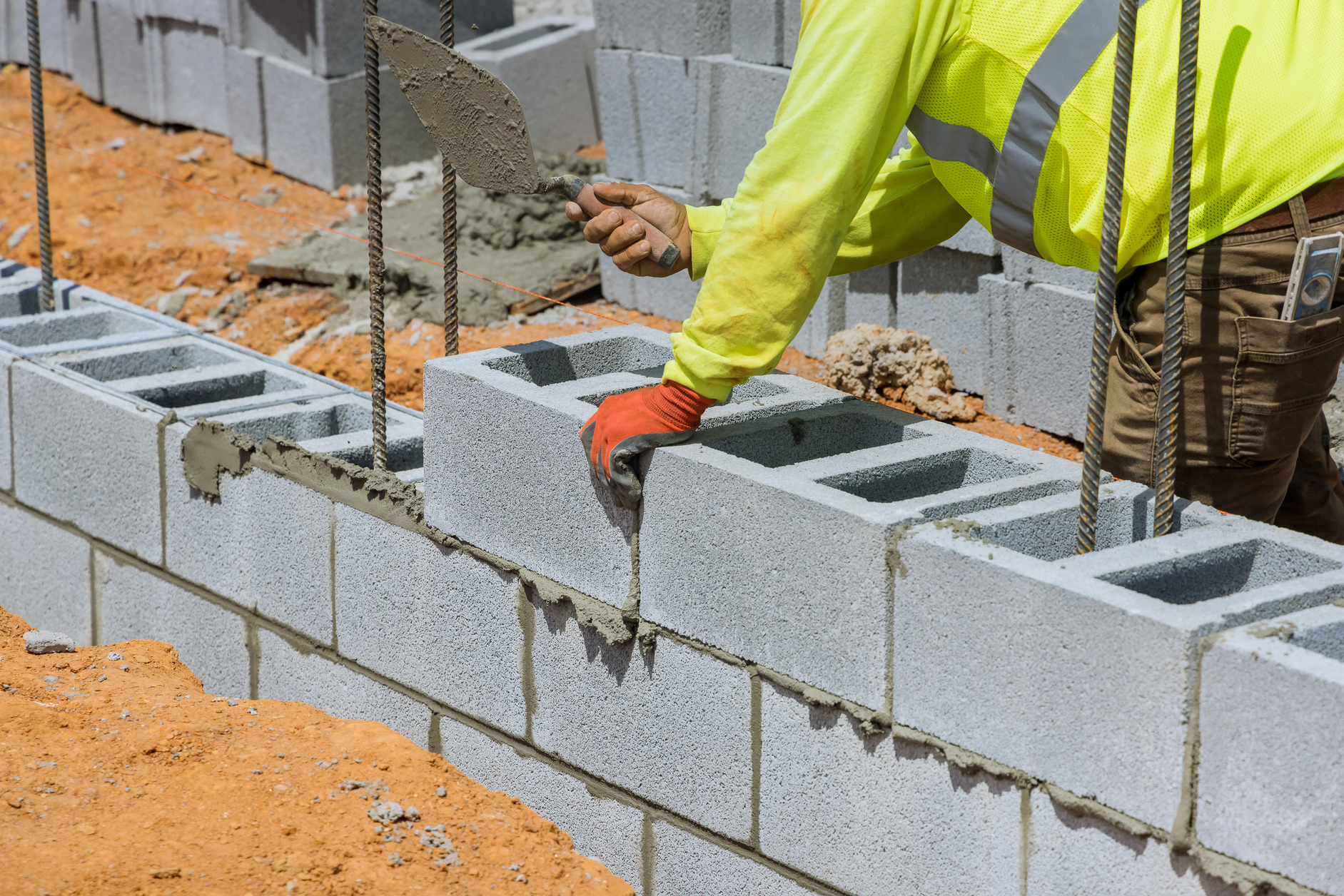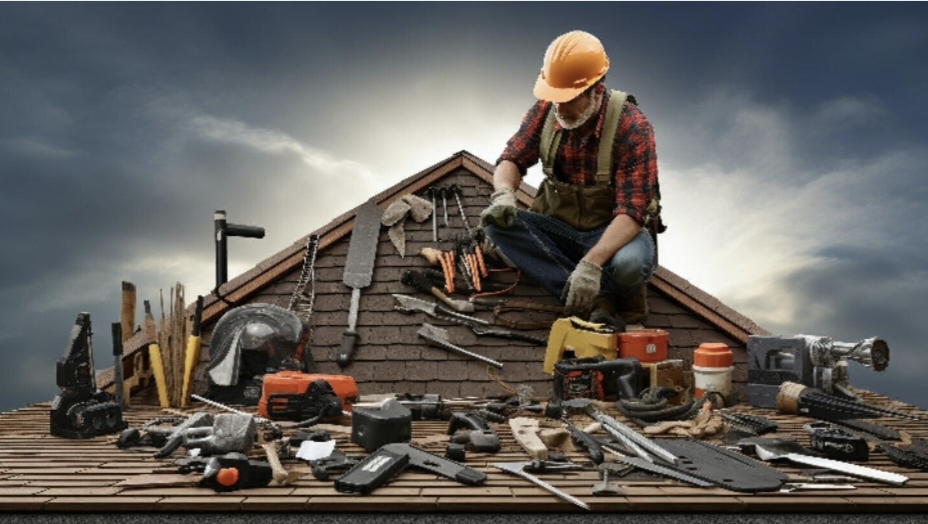Whether you’re restoring a historic brick building or fixing a few loose stones in your garden wall, masonry repair is a task that combines precision, patience, and a bit of artistry. While some smaller repairs can be managed by a determined DIY enthusiast, more substantial challenges often require professional intervention. Nonetheless, understanding the basics and best practices of masonry repair can empower property owners to maintain the integrity and beauty of their masonry structures. This blog post delivers practical tips for those ready to tackle masonry repair jobs, ensuring durable and aesthetically pleasing outcomes.
Understanding the Material
Before diving into repairs, familiarize yourself with the material you’re working with, notes leading property management company, Lone Eagle Management experts. Whether it’s brick, stone, concrete, or another type of masonry, each material has its unique properties and requirements for successful repair. For example, the mortar mix for repairing a historic brick structure might differ significantly from that used for a modern stone wall.

Matching Materials
One of the keys to a successful repair job is the accurate matching of materials. This includes both the masonry units (bricks or stones) and the mortar. A perfect match ensures not only structural integrity but also visual coherence. Pay attention to the colour, texture, and size of the original materials. When in doubt, seek the expertise of a professional mason or restoration specialist.
Preparing the Area
Proper preparation is crucial for a successful repair. This may involve carefully removing damaged masonry units, cleaning out old mortar to a sufficient depth (typically at least twice the width of the mortar joint), and dampening the area to be repaired to prevent the existing masonry from drawing moisture out of the new mortar too quickly.
Choosing the Right Mortar Mix
Mortar acts as a bonding agent between masonry units and contributes significantly to the overall strength and durability of the structure. A mortar mix that’s too strong may cause older bricks to crack, while a mix that’s too weak won’t hold up under environmental stresses. It’s essential to use a mortar mix that’s compatible with the masonry units and the structural requirements of the building.
Mastery in Application
When applying new mortar, technique matters. Ensure the mortar is packed firmly into the joints, and any excess is carefully removed before it has a chance to set completely. The goal is to create joints that are compact, well-sealed, and aesthetically consistent with the rest of the structure.
Timing and Curing
Masonry repair is not a job to rush. Adequate time must be allowed for the new mortar to cure and achieve its full strength. This may take several days, depending on the weather and the specifics of the mortar mix. During this time, the repaired area should be protected from extreme temperatures and direct water exposure.
Final Touches
Once the repair has been completed and the mortar has fully cured, final touches can be applied, such as cleaning and, if necessary, applying a suitable sealant to protect the masonry against future damage.
When to Call a Professional
While minor repairs can often be handled by those with a bit of DIY experience, significant or structurally critical repairs should be entrusted to professional masonry contractors. They possess the skills, tools, and knowledge to ensure the job is done right, preserving both the beauty and integrity of the structure.
Conclusion
Masonry repair can be a rewarding project, breathing new life into aging structures and preserving them for future generations. By understanding the material, matching materials accurately, preparing the area correctly, and applying the mortar with care, even novice masons can perform effective repairs. However, recognizing when a job is beyond your skill level and requires professional expertise is also a sign of wisdom. Whether you tackle the job yourself or call in a pro, proper masonry repair is an investment in the longevity and beauty of your property.





